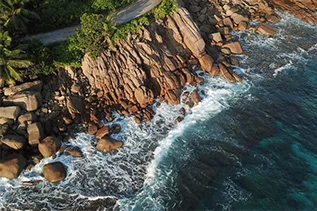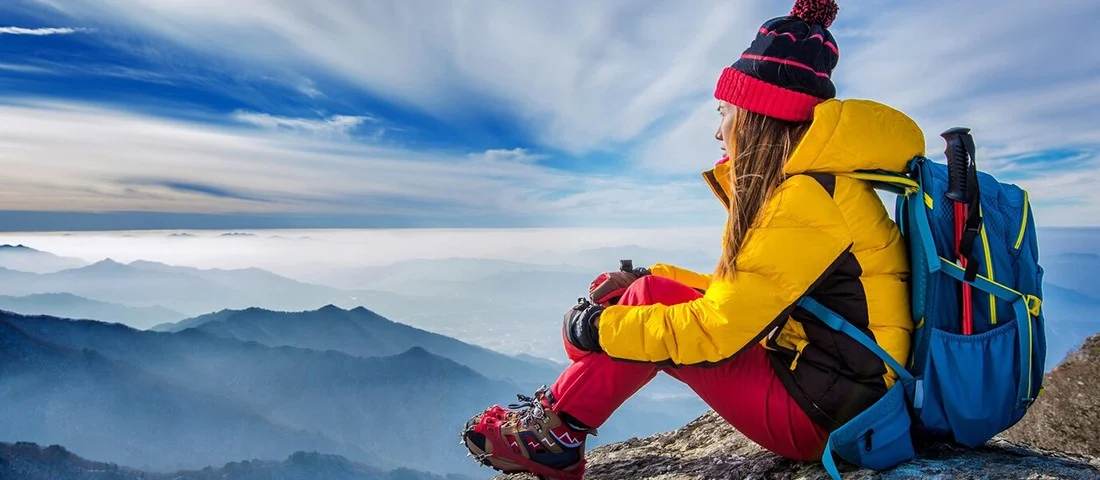10 Years Experience
Specialized in Camping & Trekking

Circular Route Near, Washington
3 Hours and 28 Minutes
June and September
Dogs Are Not Permitted

Check out this 9.0-kilometer circular route near Washington's Paradise Inn. It is generally regarded as a difficult route, and it takes an average of 3 h 28 min to finish. Because this is a popular region for trekking, hiking, and running, you'll very certainly stumble into other people while exploring. This trail is best visited between June and September. Dogs are not permitted on this trail, so leave them at home. The Skyline Trail is the most popular way out of Paradise on Mount Rainier's southern side. This loop has it all: lush flora, glacier views, rivers, waterfalls, and breathtaking views of the surrounding area.
This "choose your own adventure" hike can be done in a variety of ways. The loop can be completed in either direction.
Many people prefer the clockwise path depicted on this page. If you don't want to walk the entire loop, many hikers stop at Panorama Point before turning around and returning the way they came.
Glacier Vista is an optional offshoot on the western side of the loop. The Nisqually Glacier can be seen on this side trip.
Regardless of your path, you will begin at the Jackson Visitor Center. Restrooms, refreshments, and informational exhibits are available here.
If you follow the mapped path on this page, you'll begin by heading north on the Skyline Trail. The turnoff to Glacier View is on your left after about 1.5 miles.
Continue down Skyline Trail, ultimately turning east. Approximately two miles from the start
You'll arrive at Panorama Point. The views from here are breathtaking. After a brief rest, continue east on the Skyline Trail.
If you're fatigued or pressed for time, you can take the Golden Gate Trail back. If you want to finish the Skyline Trail, keep going east until you reach Sluiskin Falls. The Stevens Van Trump Historic Monument, a commemoration to the first person to ascend the peak, is located nearby.
Continue downward from here until you reach Myrtle Falls. After a short downhill hike, you'll be back at the Jackson Visitor Center.
This hike, like many others in the area, can be very different in the winter. If you travel between October and May, you'll need spikes, snowshoes, and hiking boots. poles. Do not attempt in the winter unless you have prior expertise trekking in snowy, icy conditions.